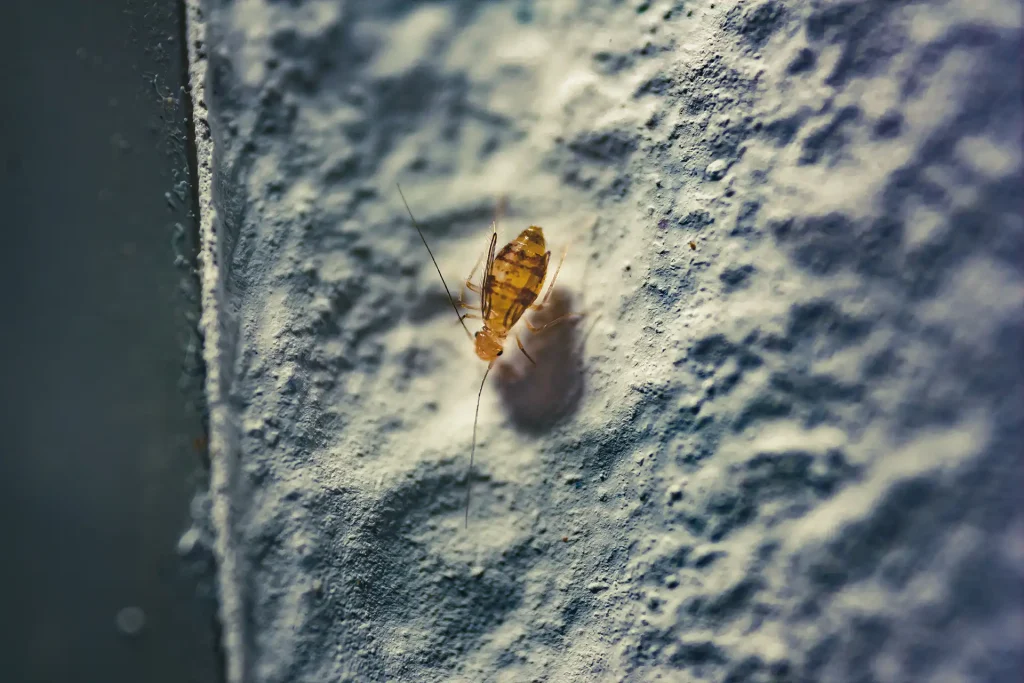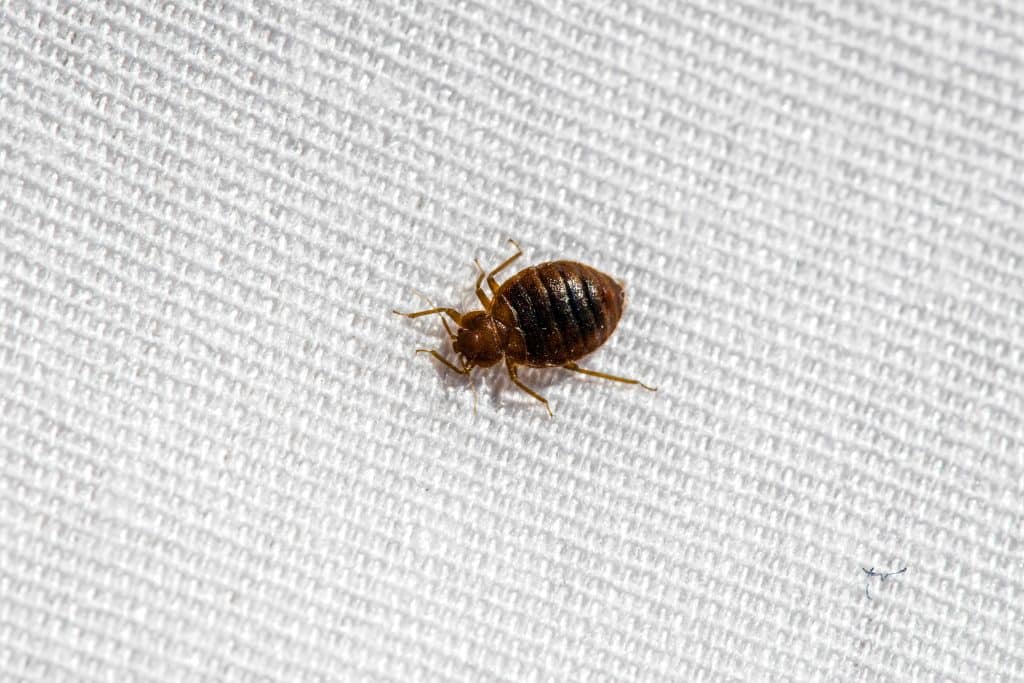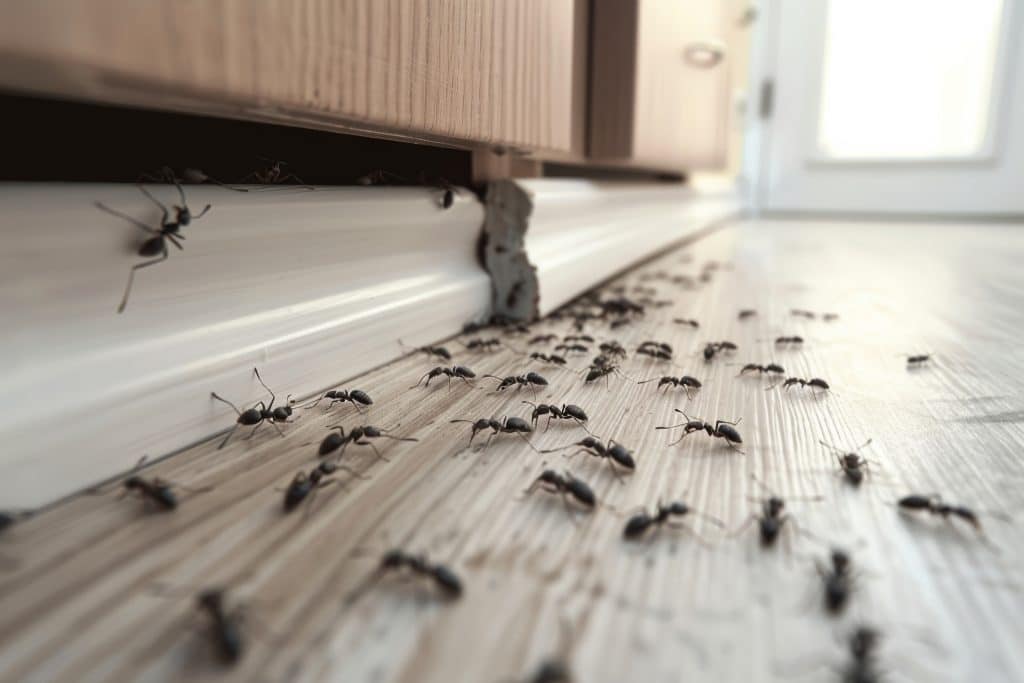Bed bugs are a growing problem in Singapore, and many people are looking for ways to get rid of them. One popular solution is bed bug traps, but do they actually work?
To understand bed bug traps’ function, it is essential to first understand what they are. Bed bug traps are devices that are designed to provide a trap for bed bugs. These traps come in different sizes and configurations, and some of them even have heat functionality.
You can find different kinds of bed bug traps for purchase in stores or on the internet, and we will talk about them in this article. If you search online, there are lots of do-it-yourself bed bug traps. But they’re not as dependable as a professionally installed trap as they can encourage the spread of the infestation.
How effective are bed bug traps?
If you’re looking into bed bug traps, you might wonder if they’re effective or not. It depends on the outcome you have in mind. Bed bug traps are good at fulfilling their purpose — so use one if that’s your goal.
Bed bug traps are devices used to examine bed bug infestations. They are used to secure samples of bed bugs so that you’ll know when it is time to call for a bed bug control specialist. Traps alone won’t solve a bed bug infestation.
You should only use these traps for the following purpose:
- You get bites at night but didn’t see what insect bit you.
- You got a negative bed bug inspection but you think they’re there in your bedroom.
- You want to confirm that the bed bugs are gone after a bed bug treatment.
- You have been on a trip and stayed in a hotel that might be infested with bed bugs.
Read also: Bed Bugs or Fleas: What’s Infesting Your Home
What are the pros and cons of bed bug traps?
Bed bug traps do work but they have advantages and disadvantages too. By using traps, the number of bed bugs will be reduced. This means fewer incidents of bites too.
Another advantage of using this device is killing bed bugs without the use of pesticides. If you choose plastic traps, you can use them again and again to monitor your bedding. Bed bug traps will help you prevent serious infestations.
If you are thinking of using traps for bed bugs, you need to consider the cons of using them. They are only effective with bed bugs that crawl on the floor, not with those hidden in your mattress.
Bed bug traps with adhesives need to be replaced regularly which means more expenses for you. And most importantly, traps cannot stop the spread of serious infestations.
Read also: 7 Warning Signs You Need To Call Pest Control
What are the most common types of bed bug traps?
There are several types of bed bug traps but the most common are the following:
Interceptors
Interceptors are like disposable plastic dishes that detect the presence of bed bugs. These traps are placed under each leg of the bed (or other upholstered furniture), forming a barrier between the mattress and the floor. If bed bugs will climb up or down to feed, they are compelled to climb along the funnel section of the trap.
The dish has two concentric walls with an opening in the middle to capture bed bugs. The outer side of the surrounding wall has a texture conducive to bed bugs latching on and climbing up, whereas the inside-facing side is smooth and slippery. Once bed bugs reach the top, they fall into the pitfall and cannot climb back out.
Glue traps
If your furniture isn’t suitable for using interceptors, then you can use glue traps. Glue traps are little boxes with sticky glue inside that will trap almost all insects, not just bed bugs. They are affordable and practical in size, and they can fit into almost any container.
You place the bedbug lures near the location of the bed or the areas you know bed bugs tend to crawl into. The best places to glue traps are near the legs of your bed frame, under your furniture, or near crevices and cracks that you think the bedbug might be attracted to.
However, the adhesive used in glue traps should be checked periodically to make sure it’s sticky. Glue traps may dry out, so be sure to check the product label for when you need to get a new one.
Pheromone traps
Chemicals that mimic bed bug pheromones or kairomones are used in this type of trap to appeal to bed bugs. Kairomones attract bed bugs searching for a meal, and pheromones encourage bed bugs to gather. The trap could be placed anywhere. It can be into cracks and crevices where you suspect bed bug activity, like under or near the bed and nearby furnishings.
CO2 traps
Bed bugs are attracted to the carbon dioxide we exhale while we sleep. CO2 traps take advantage of this attraction by luring them from a hiding place and to a trap or sticky adhesive. Some CO2 traps incorporate CO2 along with other stimulants, such as heat or pheromones, to resemble a sleeping human.
Key takeaway
Bed bug traps are meant for bed bug detection, not eradication. They do work for this purpose so you can use them if you just want to confirm the presence of bed bugs in your home. Yet, if you think you may have a bed bug infestation, please contact a professional pest control service in Singapore for help.








